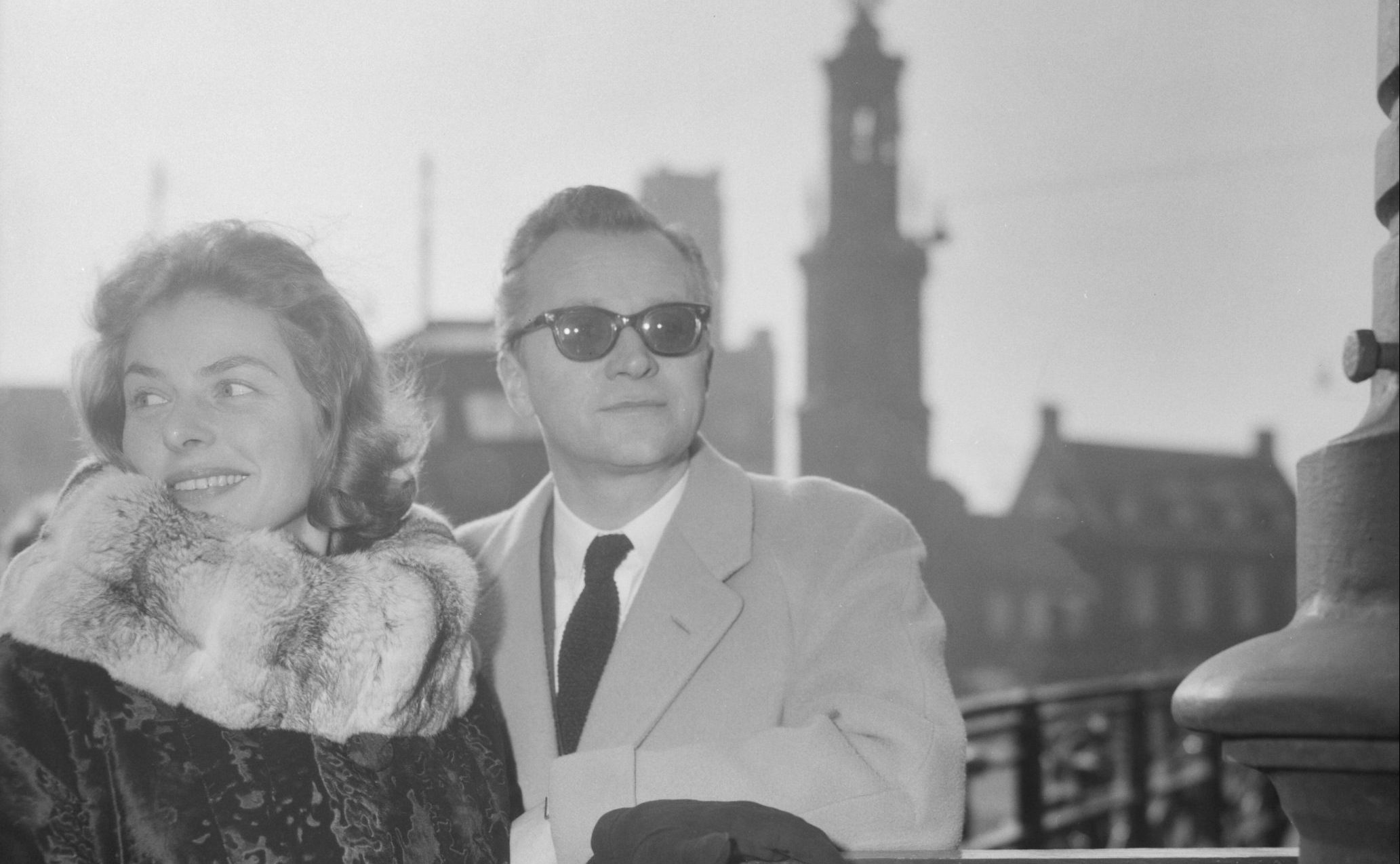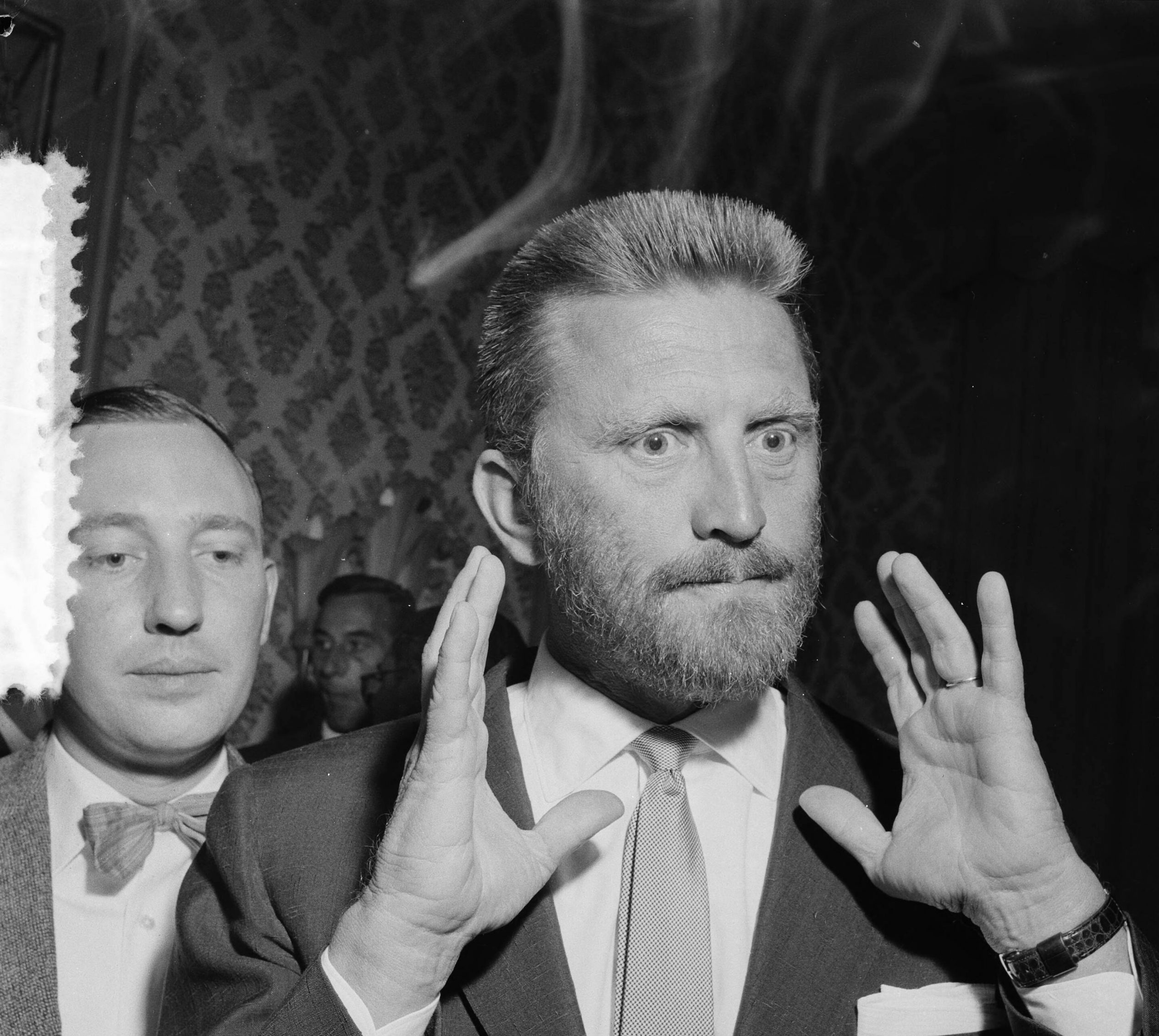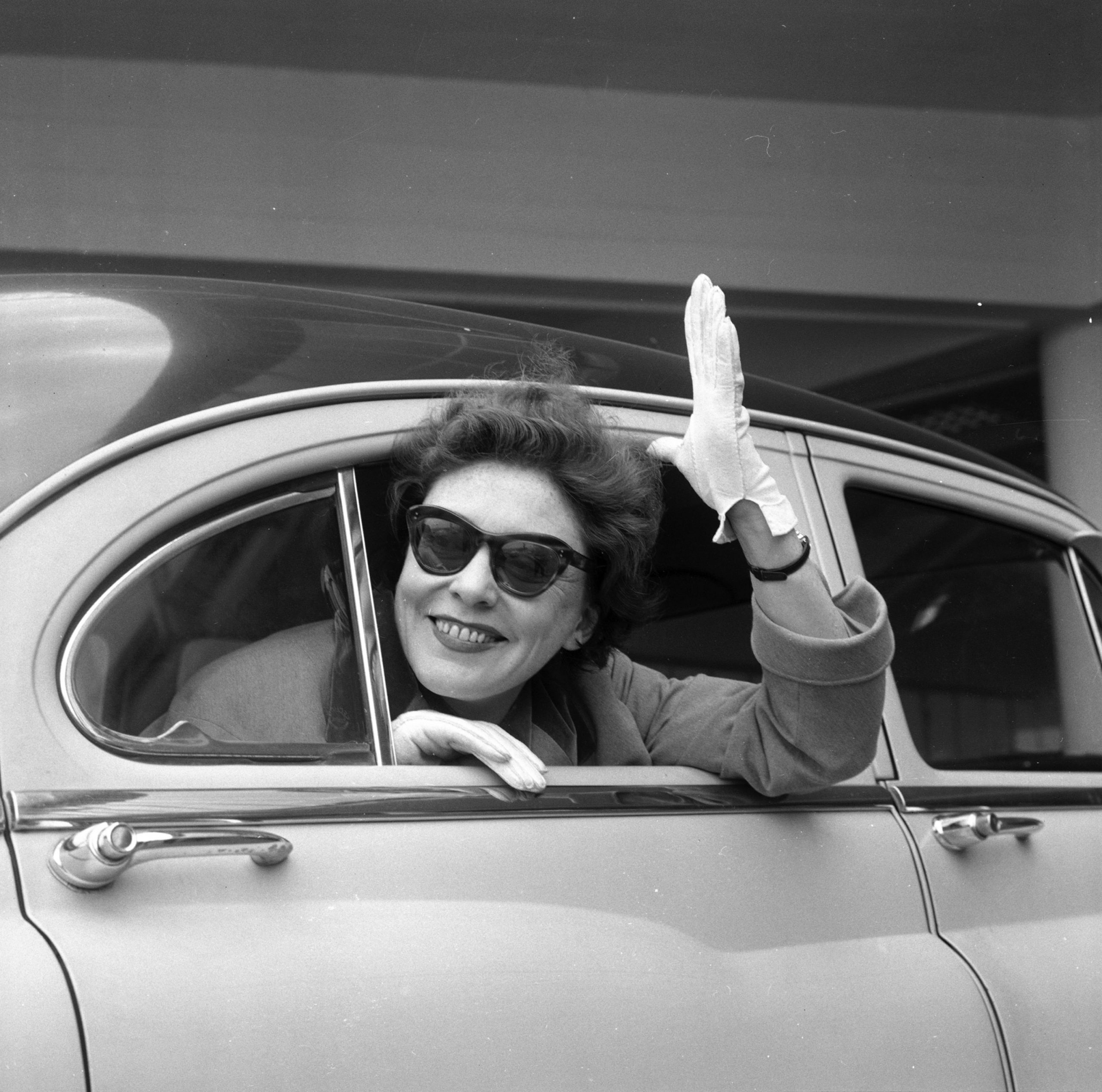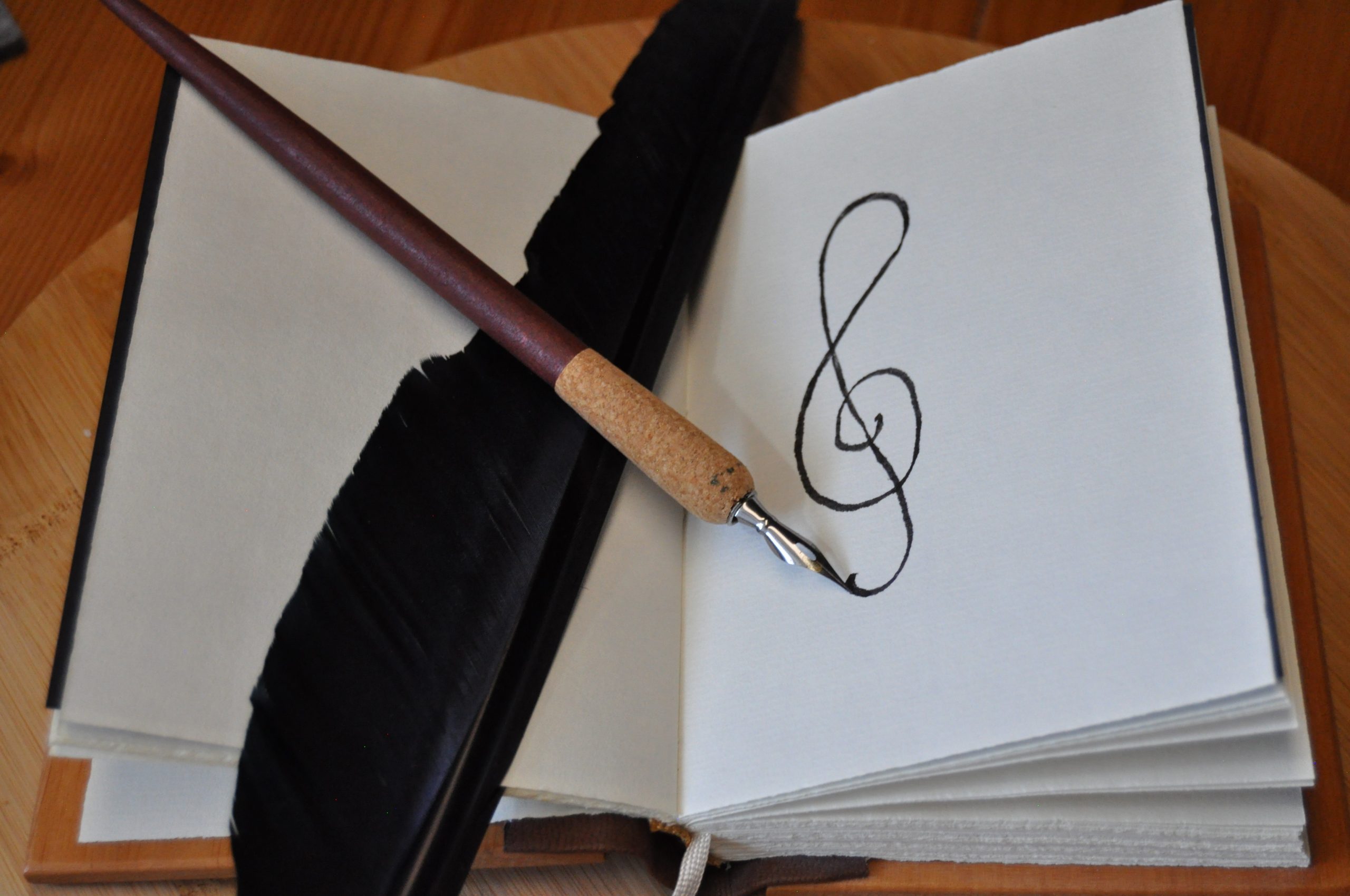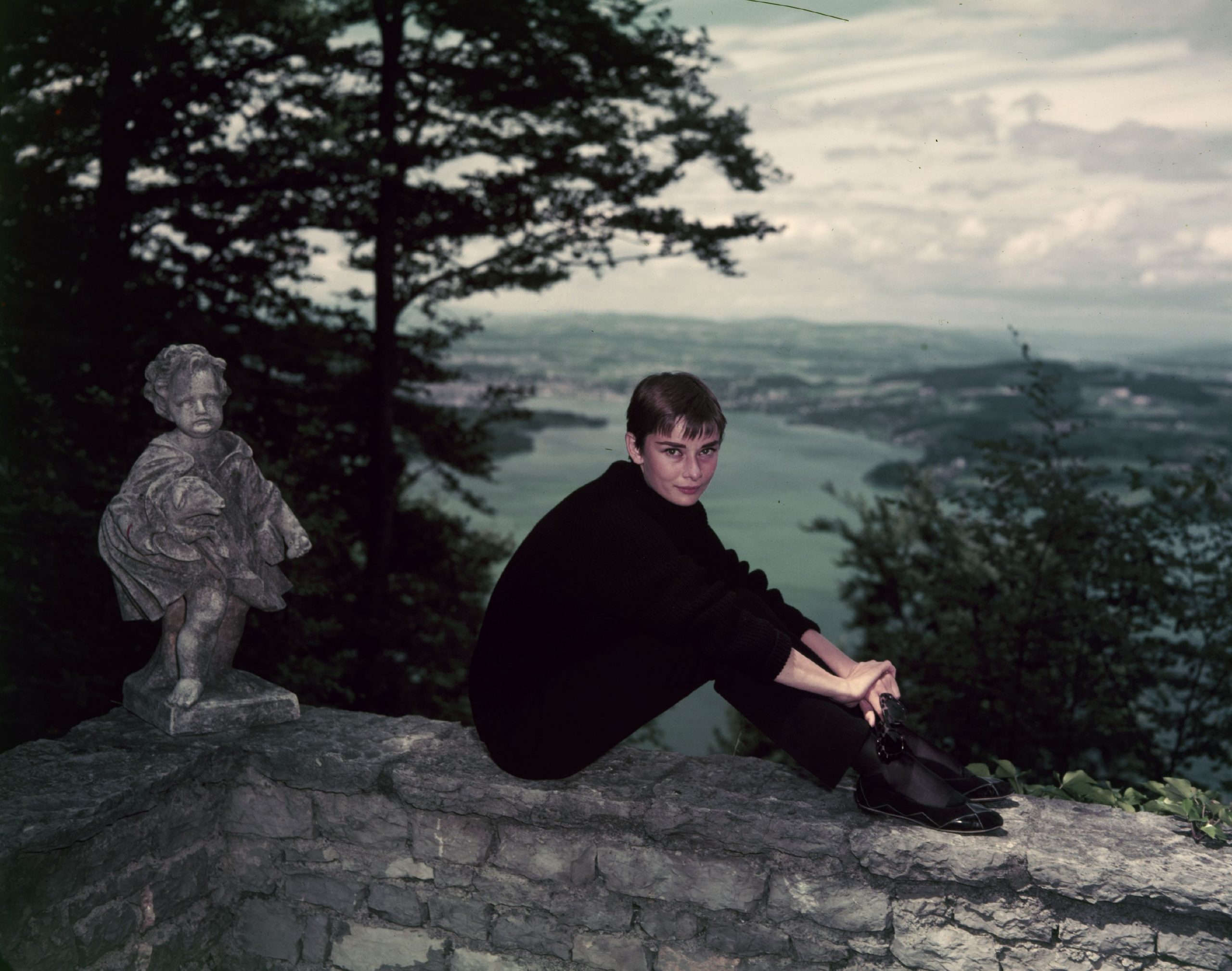Alec Guinness and Grace Kelly had a special kind of tradition: after the two had played side by side in The Swan (1956), a curious custom developed between them. During the filming of The Swan, a member of a North American Indian tribe had brought a tomahawk, the battle axe of an Indian, and presented it to Alec Guinness. Since the tomahawk was too heavy for his luggage, he spontaneously asked the porter of his hotel to smuggle the tomahawk into Grace Kelly’s hotel room and thus scare her. Residents of the hotel reported hearing a loud scream from Grace Kelly’s hotel room that night.
Whenever the two were in the same town at the same time over the next few decades, one would smuggle a tomahawk into the other’s hotel room. After The Swan, one of the last Grace Kelly films, the two remained in constant contact through the tomahawk story.
Obi-Wan Kenobi
Alec Guinness immortalised himself with his role of Obi-Wan Kenobi in Star Wars (1977): As a result of this role, he was often asked if he was now a rich man. Although his role in Star Wars made him a well-known actor, especially for the younger generations at the time, he always made a point not to be reduced to the role of Obi-Wan Kenobi. He was never a rich man, he wrote in his memoirs.
Compared to striking miners and unemployed actors, he was very rich, he wrote in his memoirs, but compared to successful stockbrokers and businessmen, he was a poor man financially.
It is precisely this foresight that distinguished Alec Guinness as an actor: his roles did not shine with black-and-white thinking, but with prudent action and a sense of reality. His richness was the diversity of his acting interpretations.
Alec Guinness had a special professional relationship with the director David Lean.
Born in chaos
He was born in chaos, Guinness writes in his autobiography: until the age of 14, he had three different names and lived in 30 different hotels. He speculated all his life who his father might have been – his mother never commented.
Like many other British actors of his generation, Alec Guiness began his career in the classical theatre: he gained his first acting experience as an ensemble member of the legendary Old Vic Theatre, which Guinness joined in 1936.
Among his influences at that time was the comedian Stan Laurel, whom Guinness greatly admired.
Alec Guinness had a special professional relationship with the director David Lean: David Lean discovered Guinness in 1939 at a theatre performance of Great Expecations (Charles Dickens). At that time, David Lean was still unknown: But he knew that if the opportunity arose, he would one day make the stage play into a film. With the film Great Expectations (1946), in which Lean directed and Guinness played one of the leading roles, both celebrated their breakthrough.
Prince Faisal
Guinness was considered an actor who could convincingly play dozens of different roles like hardly anyone else. He was even able to play roles that belonged to a different ethnicity than himself: In Lawrence of Arabia (1962) he played the role of the Iraqi-Syrian Prince Faisal alongside Peter O’Toole.
It was not without reason that Alec Guinness was called the “man of a thousand faces”: Guinness was popular as a character actor not least because he distinguished himself with an extensive repertoire of roles that did not even shy away from ethnic boundaries.
While filming Lawrence of Arabia in Jordan, Alec Guiness is said to have met locals who knew the historical figure of Prince Faisal and mistook the actor for the prince who died in 1933. Laurence Olivier had originally been intended for the role. When Olivier backed out, director David Lean gave the role to Alec Guinness. Alec Guinness starred again in Doctor Zhivago
(1965), directed by David Lean. The romantic drama revolving around the Russian doctor Dr Yuri Zhivago (Omar Sharif) and set in the period around the October Revolution of 1917 won five Oscars.
Ealing comedies
Alec Guinness and David Lean also worked together for the film The Bridge on the River Kwai (1957). The Bridge on the River Kwai brought Alec Guinness his first lasting success as a character actor: Guinness celebrated his international breakthrough at the latest with the crime comedy Kind Hearts and Coronets (1949). It was one of the first classic Ealing comedies made by the British Ealing Studios. In the course of the film, he takes on no less than eight different roles, all of which are similar only in that they are members of the same British aristocratic family facing an inheritance crisis.
His role in Kind Hearts and Coronets was not to be Alec Guinness’ last role in an Ealing comedy: Guinness starred again in an Ealing comedy in Ladykillers (1955).
Under the direction of David Lean, Alec Guinness regularly played high-profile character roles: What was special was that Alec Guinness did not have to play the lead role in a film to be instrumental in the plot.
Although Alec Guinness had great success as a film actor, he always remained connected with the world of theatre.
Extensive repertoire
In the star-studded historical drama The Fall of the Roman Empire (1964), Alec Guinness played the role of the Roman Emperor Marcus Aurelius alongside Sophia Loren.
Although Alec Guinness had great success as a film actor, he always remained connected with the world of theatre: Until 1988, Alec Guinness appeared regularly in theatre productions. Many of these theatre productions were Shakespeare productions, others were the basis for later film adaptations.
From the 1970s onwards, more and more character roles in high-profile productions were filled by actors of the next generation, including Richard Burton or Peter O’Toole. With Star Wars, Alec Guinness made a big comeback in 1977, and his character also appeared in the subsequent Star Wars parts. Guinness, however, always shied away from the immense public attention that developed around Star Wars: he even feared being reduced to this one role and always emphasised his character roles, which he played in large numbers in the fifties and sixties.
Openness to new roles
Thanks to his large repertoire of roles as a theatre and film actor, Alec Guinness was one of the most distinguished film actors of the 20th century: although he always feared it, he never ran the risk of being reduced to a single role. The roles he played were too complex and varied: for example, towards the end of his career, he set an accent in his repertoire of roles with the science fiction production Star Wars, which eventually made it completely impossible to pin him down to a single role.
At first, he had no intention of playing in a science fiction production at all, he later said in an interview. But when he got to read the script of Star Wars and absolutely had to know after the first page how it continued, it was clear: he had to accept this role. Even though it didn’t seem to fit into his previous repertoire of roles.
Main source: Guinness, Alec: Blessings in Disguise, 1986 Alfred A. Knopf
Cover picture: Alec Guinness in Zurich, 27.09.1957
Bildnachweis: ETH-Bibliothek Zürich, Bildarchiv / Photographer: Comet Photo AG (Zürich) / Com_X-G077-005 / CC BY-SA 4.0

 Deutsch
Deutsch
